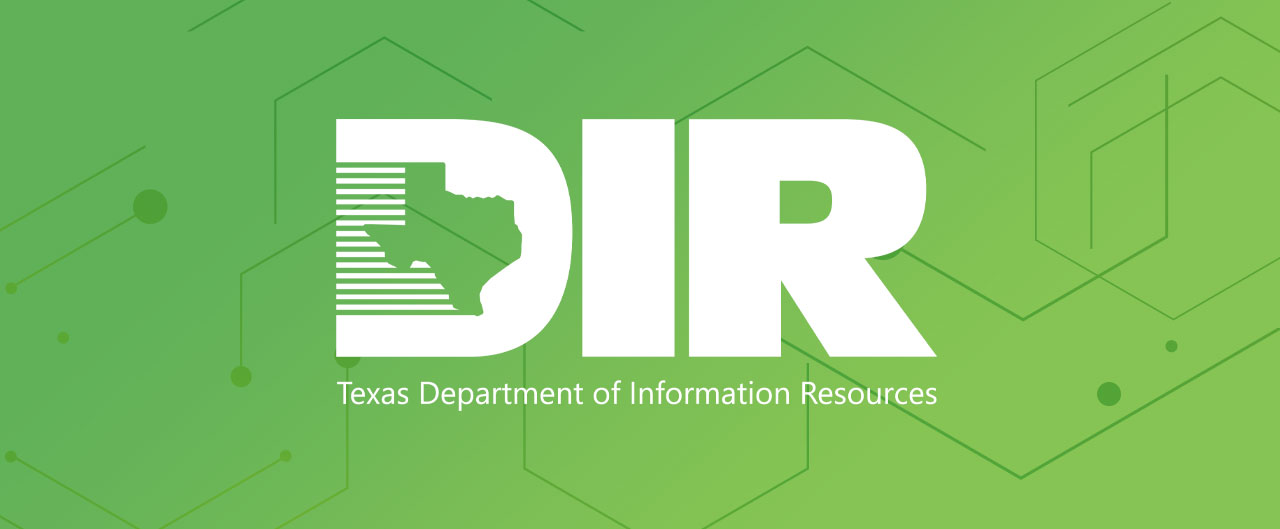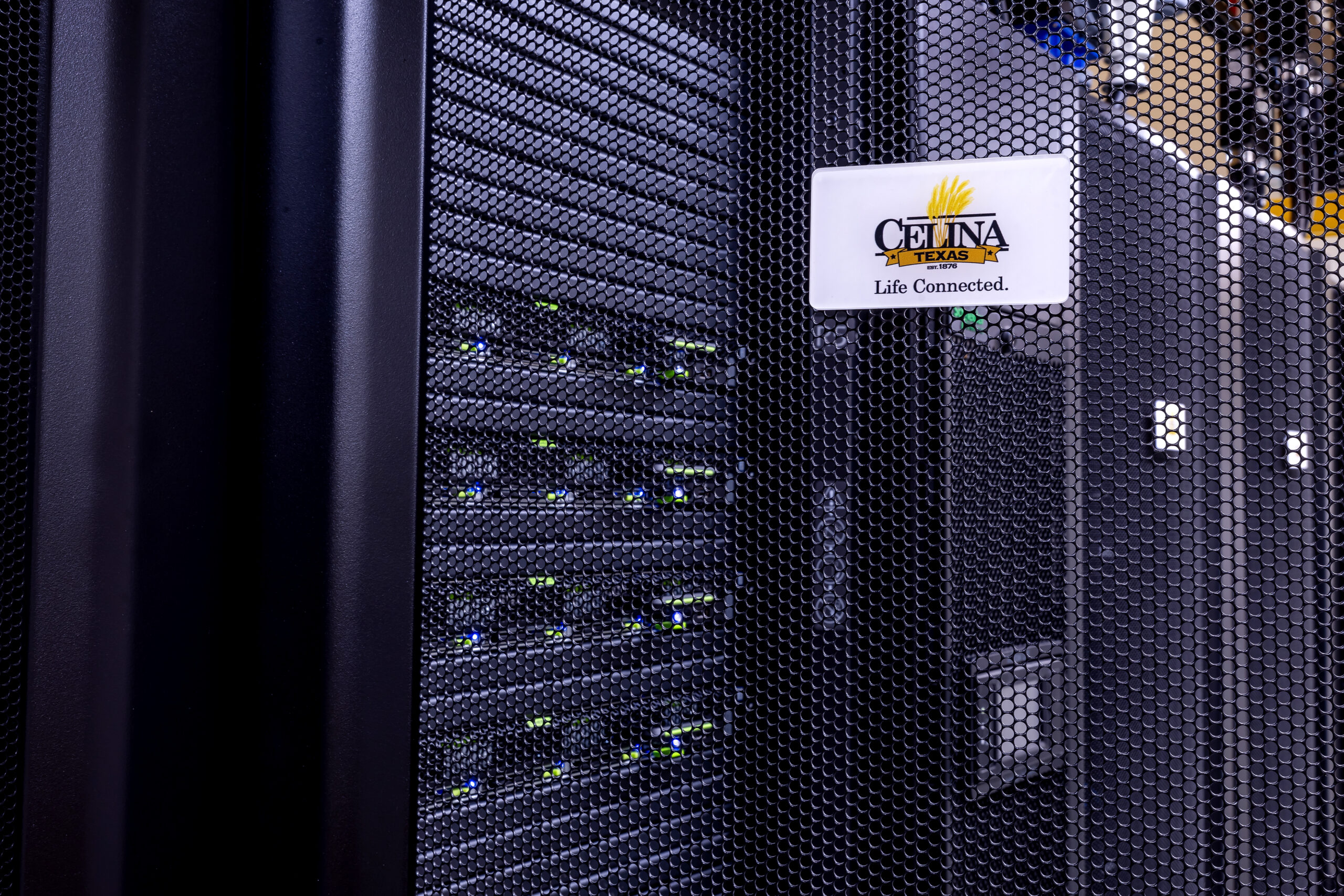It’s no surprise to learn that enterprises all over the world are increasing their efforts to modernize their technology. After all, it helps them scale better and keep up with their competition.
But what about their disaster recovery efforts?
Naturally, those are getting updated too. It’s become infeasible to expect organizations with enterprise-level needs to protect their data using typical small business tactics.
In other words, the name of the game is now enterprise data protection and reliability.
When we say “data protection”, we mean…
…data that must be protected to avoid corruption, hacking, and other various forms of data loss.
According to TechTarget, data protection “is used to describe both the operational backup of data and business continuity/disaster recovery (BC/DR). Data protection strategies are evolving along two lines: data availability and data management.”
Why it’s important:
Enterprise data must be both fully secure and available to the end user at all times. Data protection involves active, consistent testing for data integrity as a vital component of a disaster recovery and business continuity strategy.
When we say “data reliability”, we mean…
…data that remains fully available, allowing people to continue their operations even if the original data becomes damaged or lost.
Usually, this entails some form of data replication through a number of different media – including on-premise storage solutions, private/public clouds, and even to completely different off-site data centers.
Why it’s important:
It’ll come as no surprise to learn that technology managers at enterprise-level organizations tend to prioritize data reliability. Company data must be seamlessly available for use at all times. That’s especially true when you consider the devastating costs that downtime incurs.
Data Replication vs. Data Redundancy
To achieve proper levels of enterprise data protection and reliability, you’ll need to focus on two key areas. To get the best of both worlds, you’ll need both data replication and data redundancy.
Keep in mind that these two are not the same thing.
Data replication improves the speed of accessibility by making it available in more places, spreading out the resource load. You can think of it like a train having multiple stops. Each stop gives the passengers more chances to get on and off without overloading the train. However, if the train breaks down, it halts completely and nobody can use it anymore.
On the other hand, data redundancy governs the ability to switch to a “mirror” system that contains a separate (but identical) backup set of data. Even if the train breaks down, another backup train is ready to take its place immediately.
To get the best of both worlds, you need a “data train” that stops at multiple locations AND has backup options – that’s how you get both enterprise data protection and reliability.
3 Effective Enterprise Data Protection and Reliability Options
There are a few different systems that organizations can turn to.
The success of each method depends on a number of various factors, such as the status of the current IT infrastructure, the technical capabilities of their existing IT department, and even the overall IT budget of the organization.
Option 1: Replicate Data Within a Local Device
If you’re looking to get the fastest availability speeds possible, you’ll want to explore replicating your data across a device within your network. Host-based replication is the easiest to manage.
You’ll get the fastest possible availability speeds and the greatest degree of customizability because, well, it’s right there for you. Recovery can also be notably quick if you already have snapshots of your existing data backups in place.
Things to Keep in Mind:
You’ll need to be careful of CPU use with host-side replication. After all, large amounts of data can be extremely taxing on your systems. The more data you have to replicate, the slower your systems will move, defeating the purpose of the replication in the first place.
It’s also not exactly conducive to large-scale operations. If you’re looking for an easy way to replicate a few key applications and a little bit of data for some additional disaster recovery protection, this is an option.
Otherwise, you’ll need to find something more centralized and scalable.
Option 2: Replicate Data to a Data Center
Data centers offer robust computing power, as well as plenty of storage. Additionally, data centers offer consistent security protection – which gives you one less thing to worry about.
With the right tools, you can also deduplicate your data to reduce the amount of replicated data and lower the bandwidth transfer rate to an offsite data center. In short, you’ll be able to serve more data to your end users for a better experience with fewer resources than before.
Things to Keep in Mind:
Remember, the end goal of all this is still enterprise data protection and reliability. Data centers offer a fantastic way to protect your data with redundancy, but they can take a bit longer to recover and restore data when compared to on-site disaster recovery tactics (such as the host-based replication mentioned earlier).
Keeping your data stored in an off-site location means you’ll have to perform your due diligence to test your data for recovery speed and integrity.
Option 3: Replicate Data in the Cloud
There are multiple clouds to choose from, including public, private, and hybrid. Enterprise cloud data protection and reliability services offer a robust mix of recovery speed and accessibility.
And, as a bonus, they’re each uniquely suited to optimize data delivery to boost user experience and application performance. Plus, they’re all extremely scalable – you can scale to meet your growth with little hassle to your operations.
Things to Keep in Mind:
Not all cloud providers are created equal. Because of that, not every cloud-based replication and redundancy system will perform the same. Cloud-based systems also rely heavily on strong network connections that can support your required levels of bandwidth.
In short, the speed and success of it all depend on your internal infrastructure just as much as that of the cloud provider.
Custom Enterprise-level Disaster Recovery Strategies
Of course, there’s never really a one-size-fits-all disaster recovery option for enterprises. Your best best is to consult with a team of enterprise data protection and reliability experts that know how to craft a perfect solution for your needs.
That’s where Freeit comes in.
We’re experienced with creating one-of-a-kind solutions for enterprises that have specific needs. We’re here to guide you through the whole thing, including initial consultations, solution implementation, failover testing, and executions of the plan itself.
If you’d like to learn more about how we can help your enterprise, reach out to us today.





